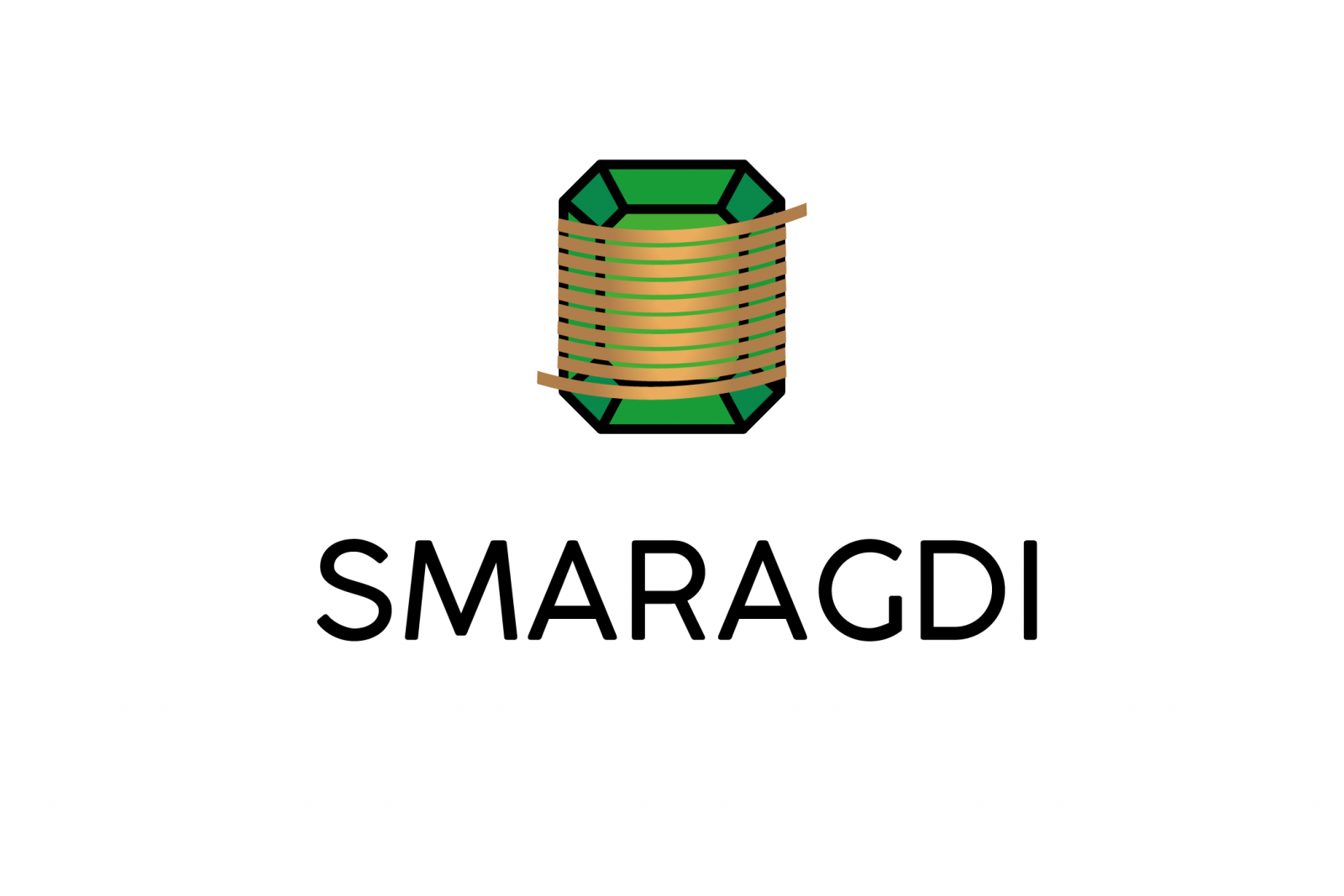SMARAGDI is a joint effort of Tampere University (TAU) and five Finnish companies, 3DStep, Teraloop, Ramentor, Meluta, and Luvata. The goal of this consortium is to develop new technology solutions for high-temperature superconducting magnet applications. SMARAGDI will undertake a 2-year project partly funded by Business Finland’s Co-Innovation programme. The total project value is 2 M €.
Superconducting materials hold the potential to revolutionise aerospace, transportation, medical, energy, and other industry sectors. At very low temperatures, these materials have infinite electrical conductivity. High-temperature superconductor (HTS) technology still faces many technical challenges for large-scale commercial applications, however. The main challenges are related to diagnosing magnet fault events, complex and expensive manufacturing and operation, and complex physics to be analysed.
Tampere University has over 30 years of research history in applied superconductivity. Within the SMARAGDI project, its experimental research facility will be updated for designing, building, and testing new high-temperature superconducting magnet systems. The collaboration is holding preliminary discussions with international research laboratories such as the European Organization for Nuclear Research (CERN), that expressed interest in the consortium and whose Large Hadron Collider requires superconducting magnets.
Bringing together experts from different fields
“The uniqueness of the SMARAGDI ecosystem comes from bringing together experts from different fields of technology. All the participants are highly R&D oriented, which allows considering the latest research findings and emerging technologies. This collaboration enables such co-innovation potential that we will have much better possibilities to find real breakthroughs than if we were putting together only experts specialized in the same topic,” says Tiina Salmi, a postdoctoral researcher who is leading SMARAGDI’s superconductivity research at TAU.
TAU collaborators include the Electromechanics research group, which includes the superconductivity research area; the Mechatronics research group, led by Professor Kari T. Koskinen, which is specialized in intelligent machines and their condition monitoring; and the Manufacturing systems research group, led by professor Eric Coatanéa, which utilizes artificial intelligence to develop lower cost, more efficient manufacturing methods.
The five company partners each bring in their own unique expertise: 3Dstep Oy is specialized in advanced 3D-printing methods, Ramentor Oy is an expert in machine reliability and condition monitoring modeling, Teraloop Oy has strengths in innovative experimental high-tech R&D, Meluta Oy is experienced in acoustic emissions-based diagnostics, and Luvata Oy has deep knowledge in superconductor industry and cryogenic measurements.
New interdisciplinary approaches to magnet condition monitoring and manufacturing
According to Professor Koskinen, “The Mechatronics research group will integrate advanced condition monitoring methods into the design of superconducting magnets and the cryogenic set-up for their operation.” Ananda Chakraborti, a doctoral researcher in mechatronics, continues, “With an optimally designed condition monitoring scheme we can predict and even prevent machine failures during its operation.”
For example, Meluta utilizes vibrocoustic sensor and analysis technologies for various condition monitoring cases, explains Katariina Mahkonen.
“Digitalization enables automated real time data transfer,” says Jussi-Pekka Penttinen of Ramentor. Timo Lehtinen further explains, “At Ramentor, we are developing modeling tools to analyze the condition monitoring needs in challenging systems and to enable fast data analysis. This will improve the machine reliability and make their use more efficient. Ramentor will support the TAU research in condition monitoring.”
The advantages of the interdisciplinary approach is seen also in the manufacturing of HTS magnets. Says Professor Coatanéa, “In my research group, we have been developing methods for analyzing the best possible manufacturing methods for different components. Superconducting magnets are a very interesting target for this analysis because their components require strict manufacturing tolerances and they are used in demanding conditions.” Doctoral researcher Suraj Panicker expands further on the manufacturing research plans: “In the context of SMARAGDI, we aim to utilize machine learning-based optimization methods to develop efficient 3D-printing processes for a new material fulfilling the necessary requirements. To reach this goal, we are collaborating with 3Dstep, Professor Karl Haapala from Oregon State University, and Professor Henri Paris from Grenoble University.”
Vesa Kananen from 3DStep confirms, “3DStep will develop new metal 3D printing materials for superconducting magnets: pure copper, copper alloys and duplex steel. These materials will be valuable also in other industries, for example in the electronics.” Pekka Ketola continues: 3DStep team is supporting the consortium with all 3D printing and AM design related matters.
Superconducting magnets are excellent candidates for energy storage solutions
Teraloop aims to apply HTS technology to flywheel design through ‘Flywheel Demonstrators’, to demonstrate potential gains, and then to compare those HTS properties against those of its current design. Syed Husnain Tanweer Kazmi, Senior R&D Engineer for Teraloop states, “This is a valuable opportunity for us to implement and test superconducting technology as part of our motor/generator and magnetic bearing designs.” Teraloop’s CEO and co-founder Edward Ridgway Watt adds, “Teraloop aims to be at the forefront of sustainable materials technology in energy storage; this is a great opportunity to transfer knowledge with the collaboration’s partners, and further our mission.”
“We are excited that SMARAGDI has this opportunity to build strong experimental competences in superconducting magnet technology, while strengthening Finnish research networks. The long-term goal is to put Finland at the forefront of HTS magnet development when the technology fully breaks through to commercial applications,” Salmi says with enthusiasm, “We welcome new members who are interested in working with superconductivity or cryogenic applications to join our network!”
Contact information:
Tampere University: Tiina Salmi, Academy Research Fellow, tiina.salmi@tuni.fi
3Dstep Oy: Vesa Kananen, CTO, +358 41 430 2654, vesa.kananen@3dstep.fi
Ramentor Oy: Timo Lehtinen, Managing Director, +358 40 746 6585, timo.lehtinen@ramentor.com
Teraloop Oy: Syed Husnain Tanweer Kazmi, Senior R&D Engineer, +358 40 809 4449, syed.kazmi@teraloop.com
Meluta Oy: Katariina Mahkonen, Senior Machine Learning Specialist, +358 40 542 6549, katariina.mahkonen@meluta.fi
Luvata Pori Oy: Ilppo Hiekkanen, Product Group Manager, +358 44 787 6806, ilppo.hiekkanen@luvata.com

